A new BGS platform to model volcanic ash in the atmosphere
BGS has supported the creation of a new modelling platform to aid research workflows around ash dispersion simulation.
16/12/2020 By BGS Press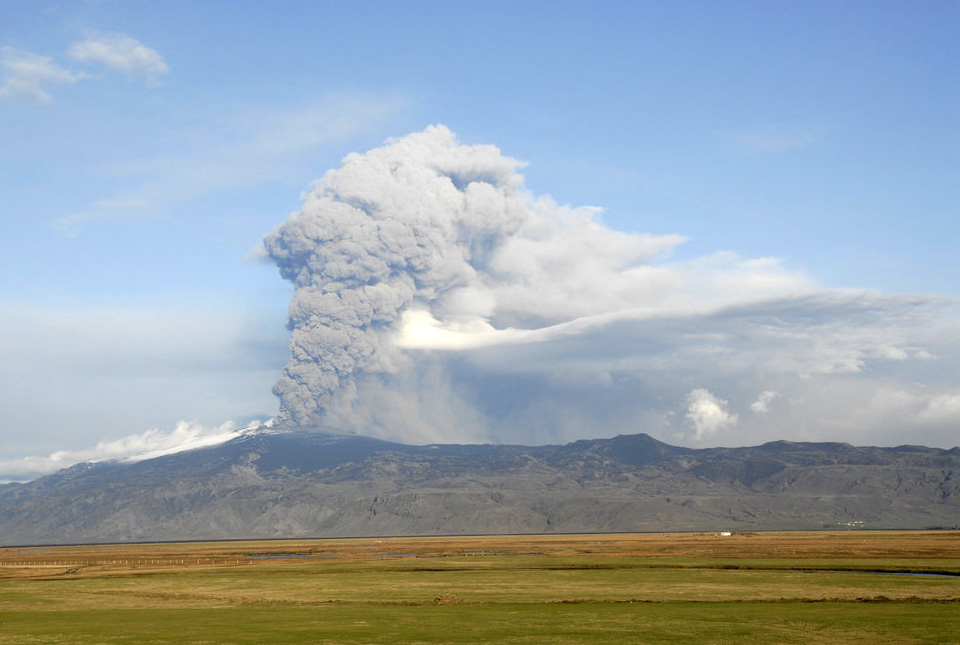
Fabio Dioguardi has been working as a volcanologist at BGS since 2015. His fundamental and applied research focuses on the physical processes and impacts of explosive volcanic eruptions by means of an integrated approach combining field data, experiments and modelling.
Volcanic tephra in the atmosphere and on the ground produced during explosive volcanic eruptions represents a threat to human health and infrastructure and possible serious disruption to various sectors of economy and business. For example, volcanic ash (tephra less than 2 mm in size) in the atmosphere can seriously damage aircrafts, leading to preventive measures like airspace closure in the event of an explosive volcanic eruption, similar to the 2010 eruption of Eyjafjallajökull in Iceland.
In order to mitigate the potential impact of these natural events, simulation tools to predict the advection and sedimentation of tephra in the atmosphere have been developed and are currently used by volcano observatories, Volcanic Ash Advisory Centres (VAAC) and researchers. The simulation of such complex phenomena is not an easy task, but it consists of two fundamental steps.
The first step is characterisation of the source, i.e. modelling of the volcanic plume by quantifying parameters like the source mass flux of emitted volcanic material (also known as mass eruption rate (MER)), the spatial evolution of the plume (e.g. top height; wind-blown trajectory), particle characteristics (grain size; density; shape), and duration of the eruption.
The second step involves simulation of the advection-diffusion-sedimentation of the emitted volcanic tephra cloud.
Both steps are coupled to numerical weather prediction model outputs, since weather conditions like temperature, humidity and wind influence both processes. For example, temperature and humidity influence the plume rise in the atmosphere, while wind can bend the plume and plays a major role in the near to far-field transport and sedimentation of volcanic ash.
The workflow leading to dispersion simulation outputs can be time-consuming and complicated, so BGS’s Innovation Flexible Fund supported the creation of a new modelling platform (BGS automatic ash dispersion modelling, or BGS-AADM) designed to simplify this workflow for both real-time and reanalysis (past eruption) applications.
This platform:
- automatically downloads and processes data of the NOAA-GFS numerical weather prediction model
- characterises the source conditions, particularly the top plume height and mass eruption rate, using both the BGS-USGS eruption source parameters database and REFIR, a semi-automatic tool for the quantification of top plume height and mass eruption rate (and associated uncertainty) based on observational data
We have used REFIR in collaboration with the Istituto Nazionale di Geofisica e Vulcanologia (INGV, Italy) to quantify these source parameters on selected test past eruptions of Mount Etna in the framework of the Horizon 2020 EUROVOLC project activities (Figure 1).
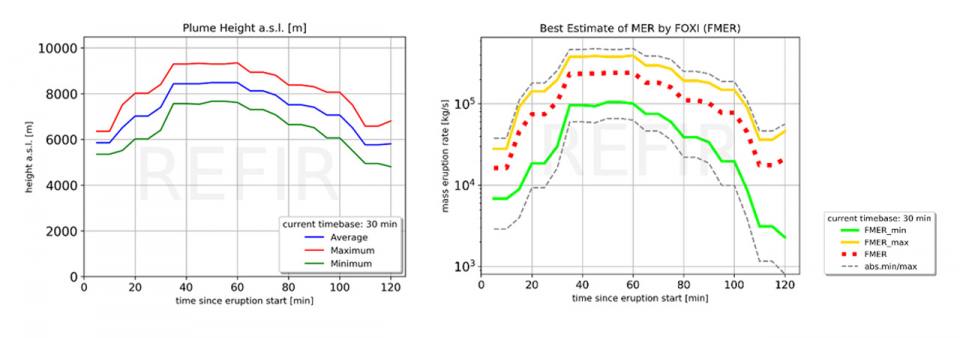
Figure 1 Plume height (PH) and mass eruption rate (MER) assessed by REFIR for the 12 January 2011 plume from Mount Etna. Left: PH time series (red line: maximum; blue line: average; green line: minimum). Right: MER time series (solid yellow line: maximum; dotted red line: best estimate; solid green line: minimum). BGS © UKRI.
The platform also:
- runs dispersion simulations with two dispersion models, HYSPLIT and FALL3D
- automatically produces contour plots of the dispersion simulations results with a new Python package (Ash Model Plotting) developed at BGS in the framework of the Innovation Flexible Fund project
Graphical outputs include maps of total column mass loading in the atmosphere, i.e. the total mass of tephra integrated from the ground to the top of the volcanic cloud, tephra concentration at various altitudes and total tephra deposit (mass loading) on the ground (Figure 2).
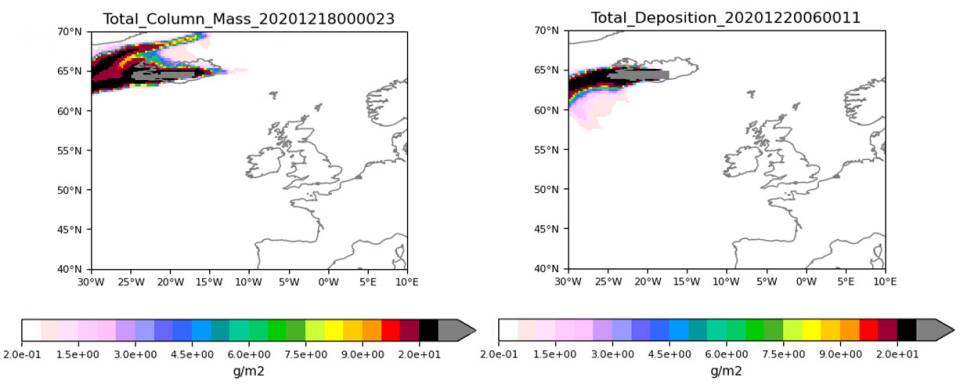
Figure 2 An example of graphical outputs obtained for an eruption scenario at Grímsvötn (Iceland). The plot on the left shows the total mass of volcanic particles present in the atmosphere from the sea level to the top of the ash cloud. The plot on the right shows the total mass of volcanic particles deposited on the ground from the beginning to the end of the simulated eruption. BGS © UKRI.
BGS-AADM is designed for both research applications on explosive volcanic eruptions producing ash clouds (e.g., the analysis of past events) and real-time applications during volcanic unrest and eruptions. In particular, it will be used as a further source of information to support BGS response during a future volcanic eruption in Iceland, in particular for better assessing the uncertainty of eruption source parameters and dispersion model outputs.
Jenkins, S. F., Wilson, T. M., Magill, C. R., Stewart, C., Blong, R. J., Marzocchi, W., et al. (2015). Volcanic ash fall hazard and risk. In S. C. Loughlin, R. S. J. Sparks, S. K. Brown, S. F. Jenkins, & C. Vye‐Brown (Eds.), Global Volcanic Hazards and Risk (pp. 173–221). Cambridge, UK: Cambridge University Press. https://doi.org/10.1017/CBO9781316276273.00
Dioguardi, F., Beckett, F., Dürig, T., Stevenson, J. A. (2020) “The impact of eruption source parameter uncertainties on ash dispersion forecasts during explosive volcanic eruptions”, J. Geophys. Res. Atmospheres, 125(17), https://doi.org/10.1029/2020JD032717
Costa, A., Suzuki, Y. J., Cerminara, M., Devenish, B. J., Ongaro, T. E., Herzog, M., van Eaton, A. R., Denby, L. C., Bursik, M., de Michieli Vitturi, M., Engwell, S., Neri, A., Barsotti, S., Folch, A., Macedonio, G., Girault, F., Carazzo, G., Tait, S., Kaminski, E., Mastin, L. G., Woodhouse, M. J., Phillips, J. C., Hogg, A. J., Degruyter, W., & Bonadonna, C. (2016). Results of the eruptive column model inter‐comparison study. Journal of Volcanology and Geothermal Research, 326, 2–25. https://doi.org/10.1016/j.jvolgeores.2016.01.017
Folch, A., Mingari, L., Gutierrez, N., Hanzich, M., Macedonio, G., Costa, A. (2020) “FALL3D-8.0: a computational model for atmospheric transport and deposition of particles, aerosols and radionuclides – Part 1: Model physics and numeric”, Geosci. Model Dev., 13, 1431–1458, https://doi.org/10.5194/gmd-13-1431-2020
Dürig, T., Gudmundsson, M. T., Dioguardi, F., et al. (2018) “REFIR- A multi-parameter system for near real-time estimates of plume-height and mass eruption rate during explosive eruptions”, J. Volcanol. Geotherm. Res. 360, 61-83, https://doi.org/10.1016/j.jvolgeores.2018.07.003
Relative topics
Related news
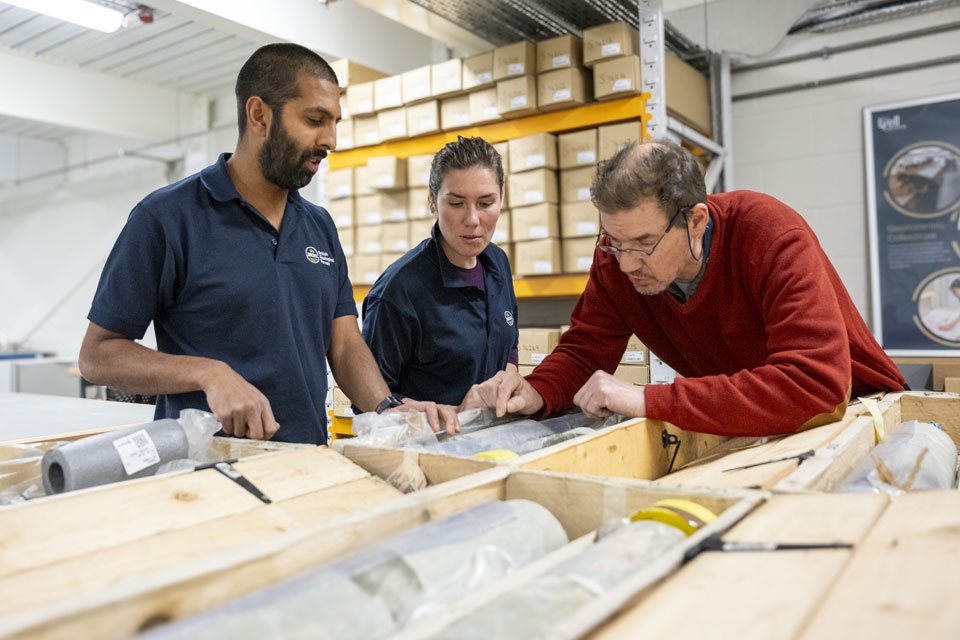
Scientists gain access to ‘once in a lifetime’ core from Great Glen Fault
01/12/2025
The geological core provides a cross-section through the UK’s largest fault zone, offering a rare insight into the formation of the Scottish Highlands.
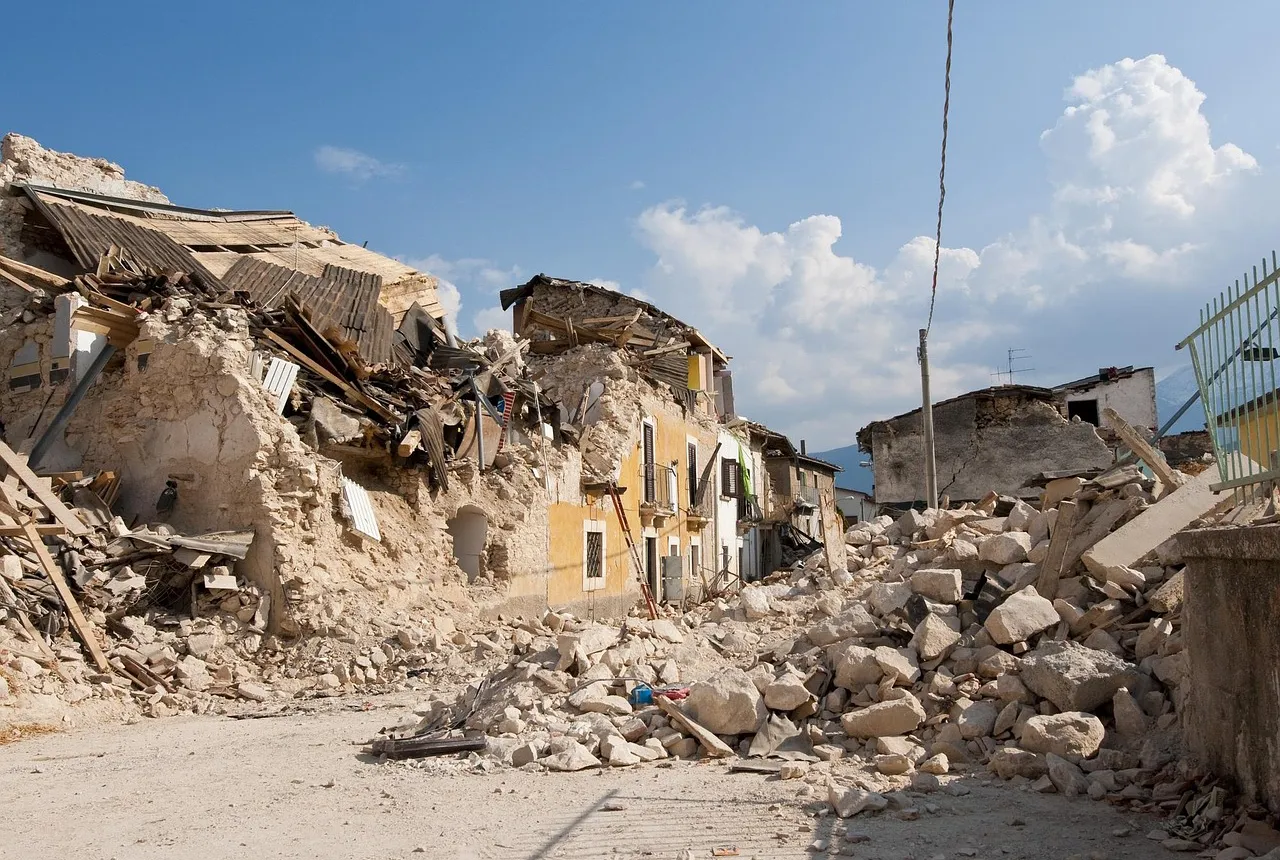
New research shows artificial intelligence earthquake tools forecast aftershock risk in seconds
25/11/2025
Researchers from BGS and the universities of Edinburgh and Padua created the forecasting tools, which were trained on real earthquakes around the world.

BGS welcomes publication of the UK Critical Minerals Strategy
23/11/2025
A clear strategic vision for the UK is crucial to secure the country’s long-term critical mineral supply chains and drive forward the Government’s economic growth agenda.

New funding awarded for UK geological storage research
21/11/2025
A project that aims to investigate the UK’s subsurface resource to support net zero has been awarded funding and is due to begin its research.
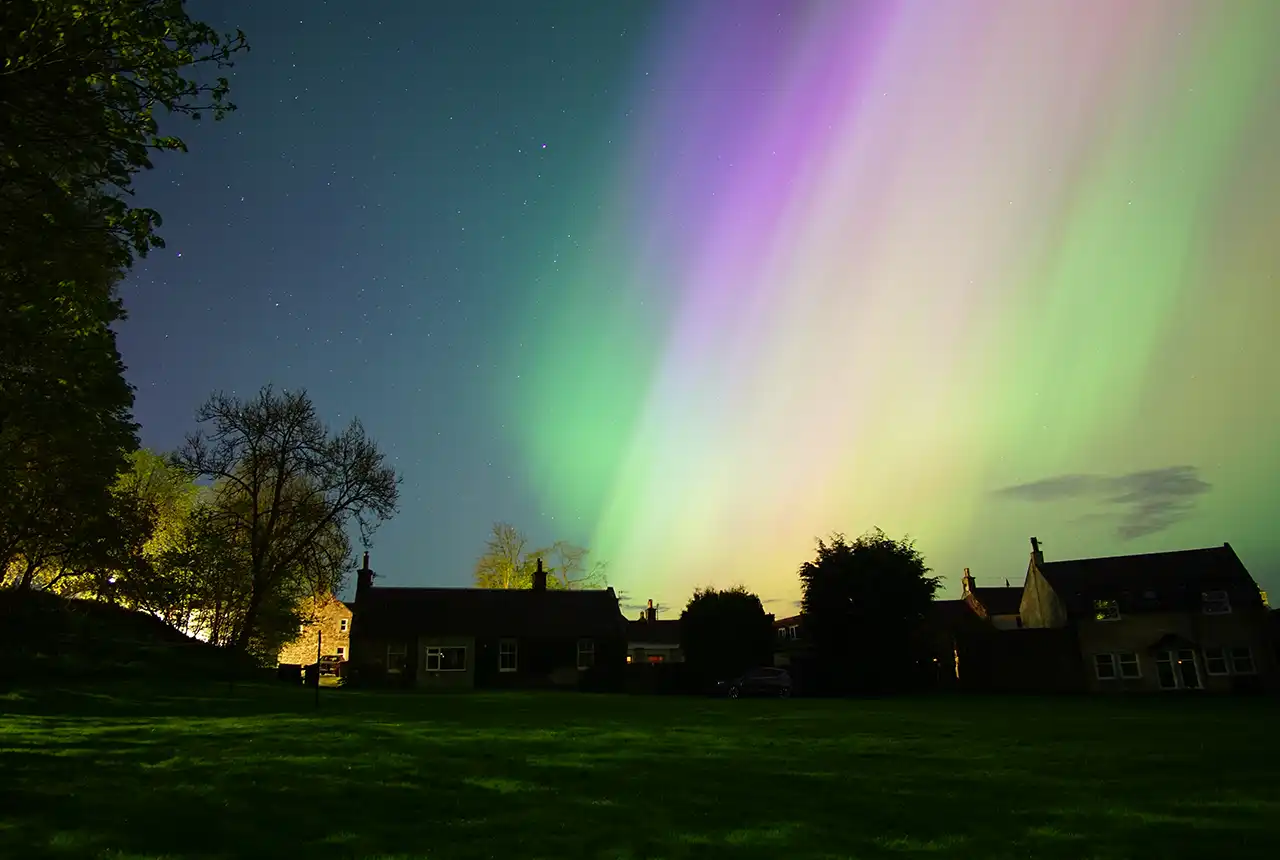
UK braced for what could be the largest solar storm in over two decades
12/11/2025
Intense geomagnetic activity could disrupt technology such as communication systems, global positioning systems and satellite orbits.
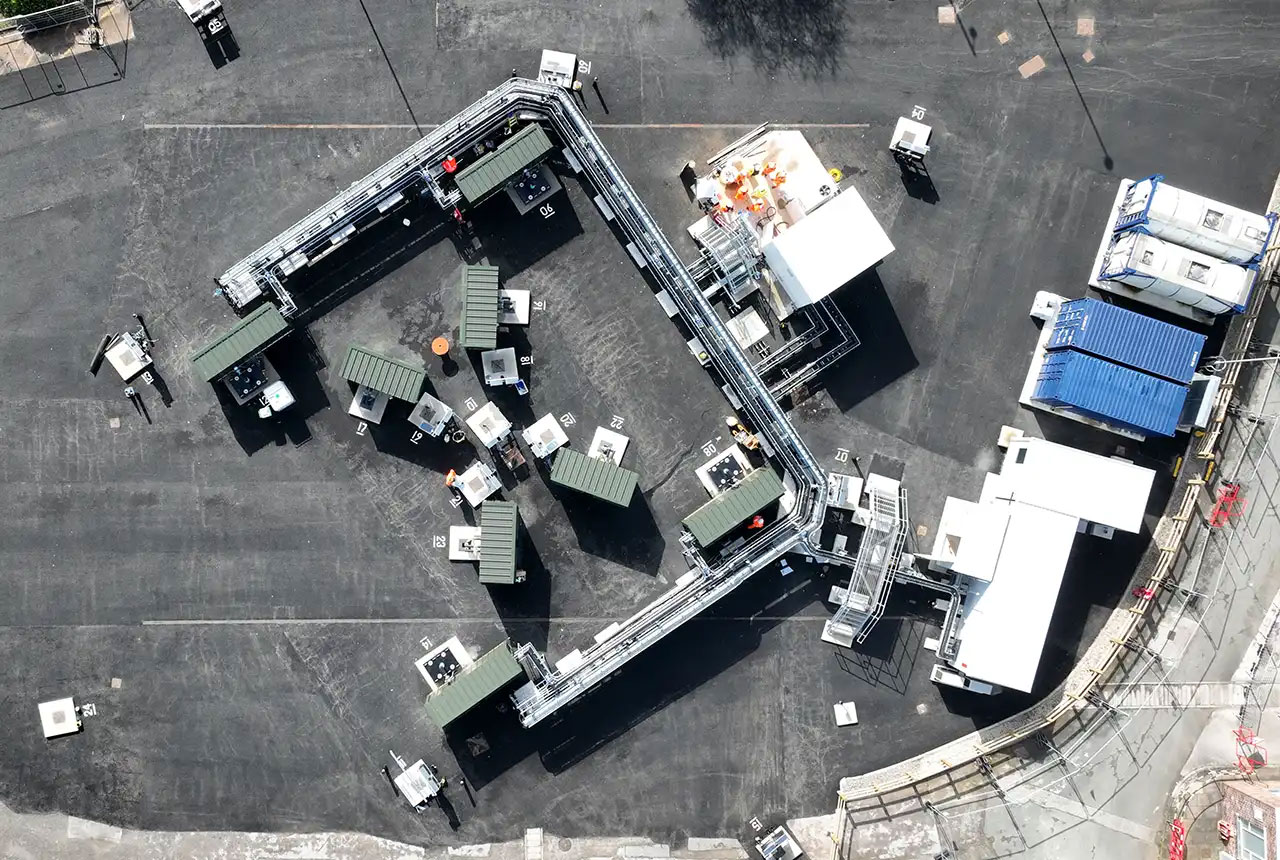
First distributed acoustic sensing survey completed at UK Geoenergy Observatory
12/11/2025
New research at the Cheshire Observatory has shown the potential for mapping thermal changes in the subsurface using sound waves.
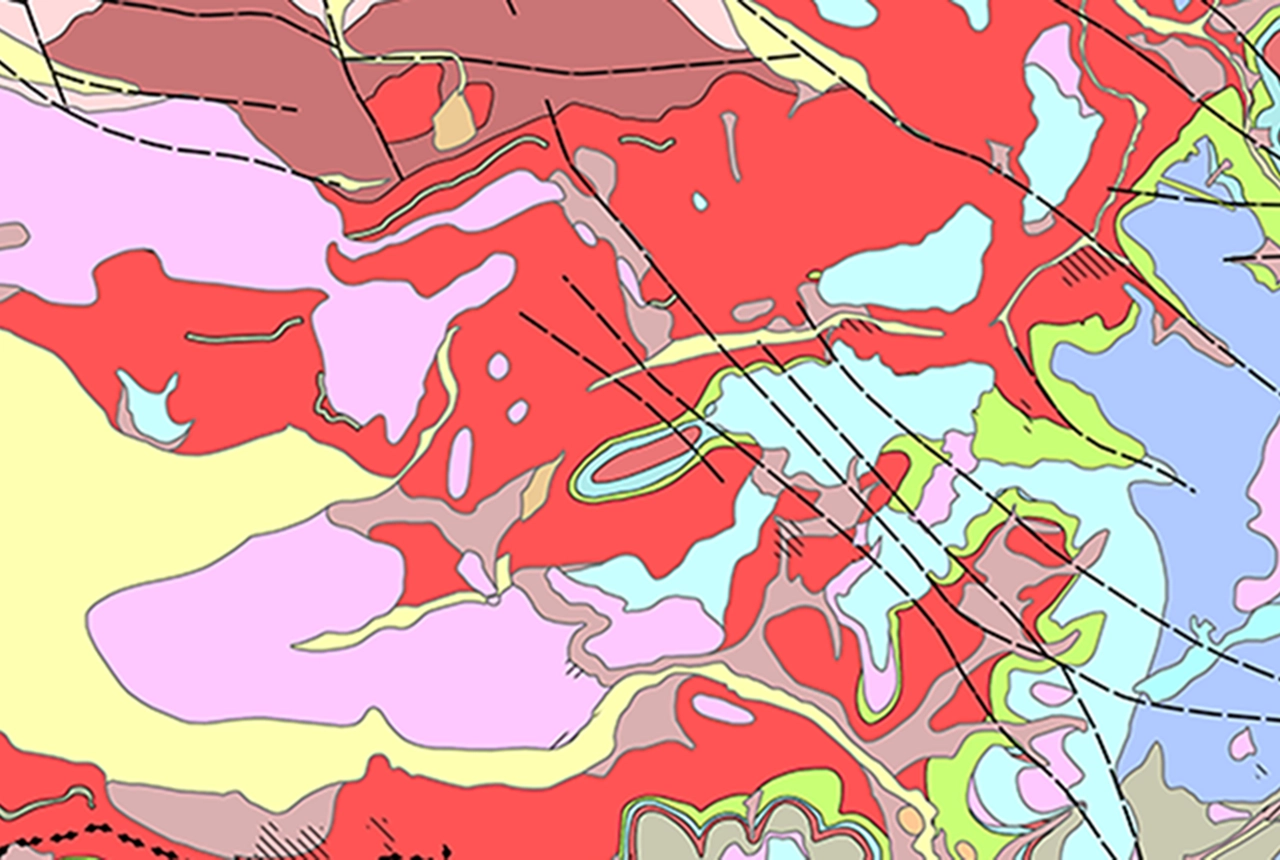
Latest BGS Geology 50K mapping data launched
06/11/2025
Some of our most widely used maps have received a major update, including the 1:50 000-scale map series that now includes enhanced coverage of Great Britain.
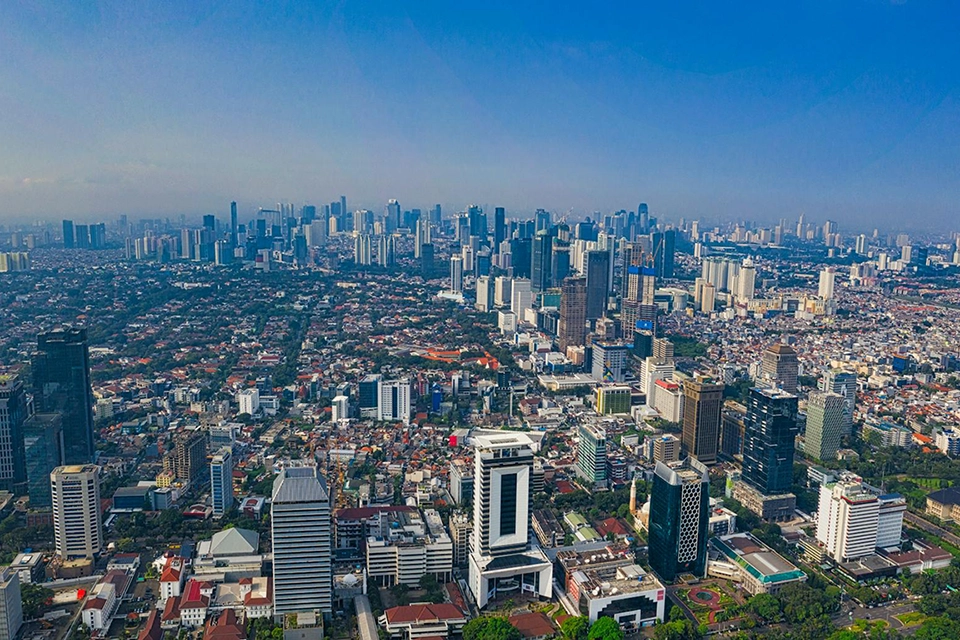
New research highlights significant earthquake potential in Indonesia’s capital city
04/11/2025
Research reveals that a fault cutting through the subsurface of Jakarta could generate a damaging earthquake of high magnitude.

World Cities Day: the geological story of our cities
31/10/2025
Understanding the rocks that underlie our towns and cities, the risks they can present and how they influence urban planning and redevelopment.

GSNI project wins multiple awards at RegioStars event
17/10/2025
The AGEO project enjoyed a double success at the RegioStars awards, hosted at the European Commission in Brussels.

Extended seabed geology map of the Bristol Channel published
07/10/2025
BGS has released significantly extended high-resolution maps that will support offshore green-energy initiatives in the area.
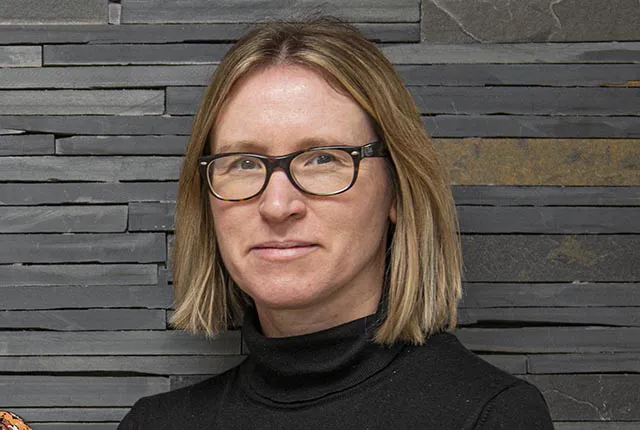
Dr Angela Lamb appointed as honorary professor by the University of Nottingham
02/10/2025
Dr Lamb will take up the position of honorary professor of environmental geochemistry, with a focus on collaborative research.



